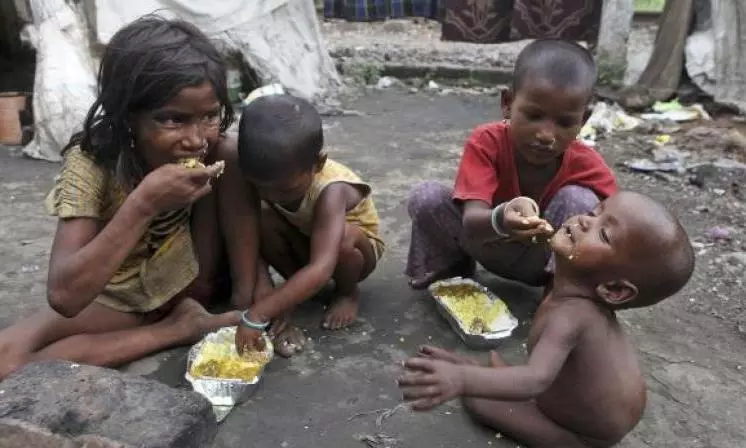India in Countries with Severe Child Food Poverty List

In recent years, the issue of child food poverty has gained attention worldwide. According to a report by UNICEF, India is among the 20 nations where this problem is particularly severe. This designation highlights a critical issue affecting millions of children around the globe.
Understanding the Problem
Child food poverty refers to the lack of access to nutritious food among children, which can have devastating long-term effects on their health and well-being. In India, as well as in other countries on this list, many children do not have enough food to eat regularly. This situation not only affects their physical development but also hampers their ability to learn and grow.
Global Scope of the Issue
UNICEF's report identifies several other countries grappling with severe child food poverty. Among them are nations from various regions, illustrating the widespread nature of the problem. In Africa, for instance, countries such as Nigeria and Ethiopia face significant challenges in ensuring adequate nutrition for their young populations. In Latin America, countries like Guatemala and Honduras also struggle with high levels of child food poverty. Even in developed regions like Europe, countries such as Bulgaria and Romania have been flagged for their concerning rates of child food insecurity.
Statistics and Data
The statistics paint a stark picture. In India alone, millions of children under the age of five suffer from malnutrition, which affects their growth and cognitive development. Across sub-Saharan Africa, nearly one in three children under five years old are stunted due to chronic malnutrition. In Latin America and the Caribbean, over 10 million children under five are affected by moderate or severe food insecurity. These numbers reveal the scale of the challenge facing policymakers and aid organizations striving to address child food poverty.
Impact on Children
The impact of food poverty on children cannot be overstated. Malnutrition during the critical early years of life can lead to irreversible physical and cognitive impairments. Children who lack access to nutritious food are more susceptible to illness and are less likely to perform well in school. This perpetuates a cycle of poverty and inequality that affects families and communities for generations.
Addressing the Issue
Efforts to combat child food poverty require a multi-faceted approach. Governments must prioritize investments in nutrition programs, social safety nets, and agricultural development to ensure that families can access and afford nutritious food. International organizations and NGOs play a crucial role in providing technical assistance and financial support to countries in need. Additionally, community-based initiatives can empower local communities to tackle food insecurity through sustainable solutions.
Conclusion
The designation of India and other nations with severe child food poverty underscores the urgent need for global action. Addressing this issue requires collective efforts at local, national, and international levels to ensure that every child has access to adequate nutrition. By prioritizing investments in nutrition and social protection, we can create a future where children thrive and reach their full potential, regardless of where they are born. It is a challenge that demands immediate attention and sustained commitment from all stakeholders involved.

